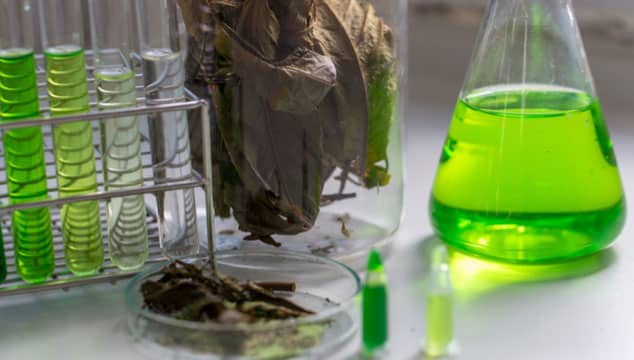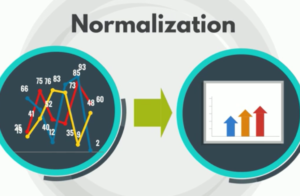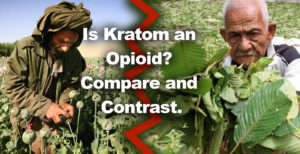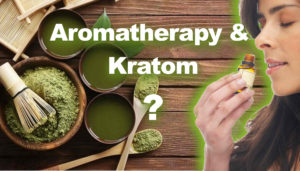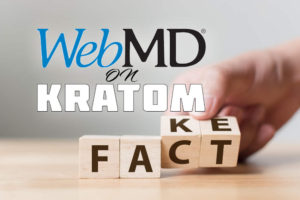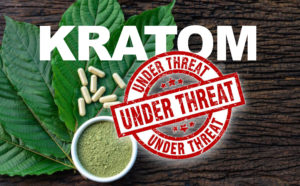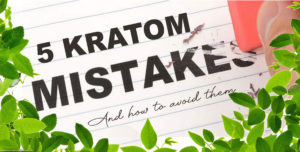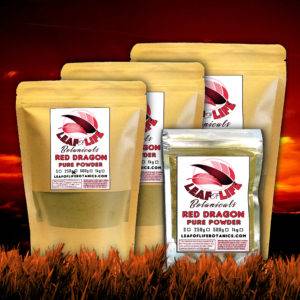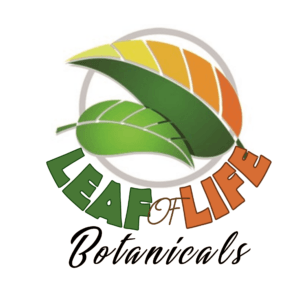The right, wrong and the ugly when it comes to Lab testing Kratom
Kratom (mitragyna speciosa) is a plant in the coffee family that is used as a reliever of pain, anxiety,depression, and fatigue. It’s commonly dried and crushed into a powder form that is consumed in capsules, brewed as a tea, or swallowed and washed down with juice.
Many vendors are selling kratom, but few are labeling their product as organic, non-GM0, or 3 rd party lab tested. Since kratom is not regulated as a dietary or health aid supplement by the FDA, customers may not know what’s in the kratom they buy. It’s up to the kratom vendors to disclose how they ensure purity and safety of their products for their customers.
Testing is extremely important, due to the many different contaminants that can be found in the kratom that is shipped to U.S. consumers from such growing regions as Indonesia, Malaysia, Vietnam, Borneo, Thailand, and Cambodia. Best practice among kratom vendors consists of having an independent, non- affiliated, unbiased, unincentivized 3 rd party laboratory test the kratom prior to packaging and selling it.
A smart vendor policy is to not only have their kratom tested, but ensure that the testing meets certain optimum criteria, both in what specifically is tested and how the testing is conducted. Then, the vendor should indicate on kratom packaging, website product descriptions, social media posts, ads, and other avenues of marketing, the fact that their kratom has been tested, specifying “3 rd party lab tested for purity and safety” to assure customers that the product is high quality and free from extraneous or potentially toxic material.
Explaining this testing of their kratom will enable a vendor to differentiate themselves from other, less customer-oriented competitors, and can give a vendor a unique and desirable advantage, especially when customers arrive at a solid understanding of why testing is important, and what can happen to them if they use untested kratom products.
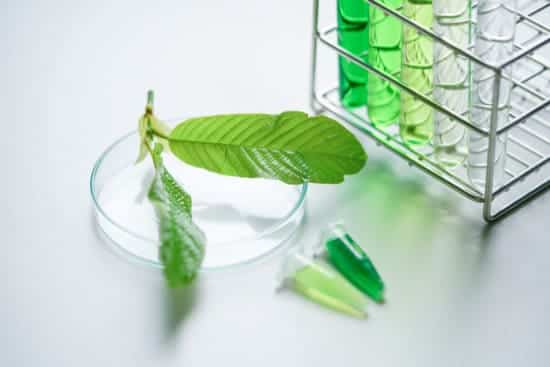
Ensuring that natural herbal products are pure can be a tricky business, as plants can become contaminated at each stage of production: seed sowing, growing, cultivating, harvesting, bundling, drying, fermenting, packaging, shipping, and storing. In addition to testing for mold, e coli, salmonella, lead, and other contaminants, herbal substances are often tested to ascertain that a product does indeed contain the plant or plants that are listed on the packaging.
According to a BioMed Central Limited study that was reported by Science Daily on October 10, 2013, for example: “Most herbal products, available to buy as alternative medicines, may be
contaminated. Reporting in BioMed Central’s open access journal BMC Medicine, researchers have demonstrated the presence of contamination and substitution of plant species in a selection of herbal products using DNA barcoding. There is currently no best practice for identifying plant species in herbal products. Traditionally, plants are identified through the appearance of the whole plant. This method is not useful though when analyzing processed plant material. DNA barcoding analyses a short genetic sequence from the plant’s genome and identifies small differences that allows species identification. In this study the researchers used barcoding to examine the plant species found in a sample of herbal plant products. The results showed that 59% of the products contained plant species not listed on the labels. Over two thirds of the products tested had plant species present which were a substitution for the plants listed on the label and a third of products also contained other species that may be a filler or contamination.
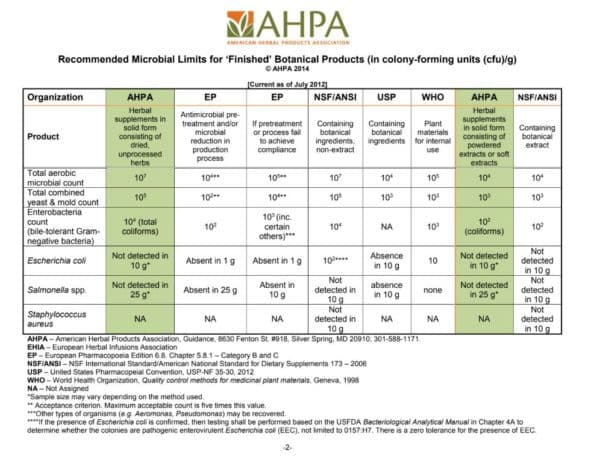
According to the World Health Organization, the adulteration of herbal products is a threat to consumer safety.” Mold is another big concern. Many customers of plant derived supplements like kratom are not aware that such hazards can exist, they just assume that if it’s in a nice looking package, it must be okay. A study was conducted for Fungal Biology in 2014, which analyzed toxic mold found on common medicinal plants in the Khyber Pakhtunkhwa province of Pakistan, where the majority of people use
herbal medicine. They found that around 43%of the plants were naturally contaminated with toxins, produced by molds that could be harmful to human health. 30% of the samples contained aflatoxins, which are carcinogenic and linked to liver cancer, and around 26% were contaminated with ochratoxin A, which is toxic to the liver and kidneys, and can suppress
the immune system. Due to the importance of verifying the purity and safety of the kratom they sell, Leaf of Life Botanicals puts a special emphasis on 3 rd party lab testing, not only of a lot, but the individual batches and strains. 3rd party means the testing laboratory is not owned, operated, or affiliated in any way with Leaf of Life Botanicals, thus ensuring objective, unbiased, independent lab results. Martin Bravek, owner of Leaf of Life Botanicals had to reject large batches of product, up to half a ton, because they failed the lab tests. This caused him to lose a significant amount of money, because the product was already purchased. It was worth it to reject this failed product, because he wanted to have a
good reputation in this business. Customer health and well-being is the priority, not profits. Many other vendors aren’t this conscientious. They don’t implement 3rd party lab testing at all, or they don’t test each separate batch of a lot, but instead test just a small sample of the lot.
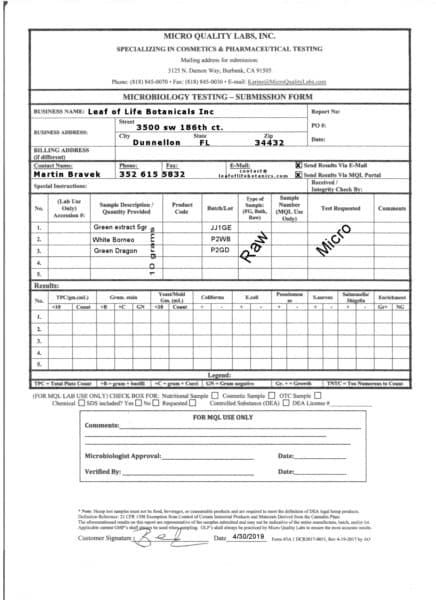
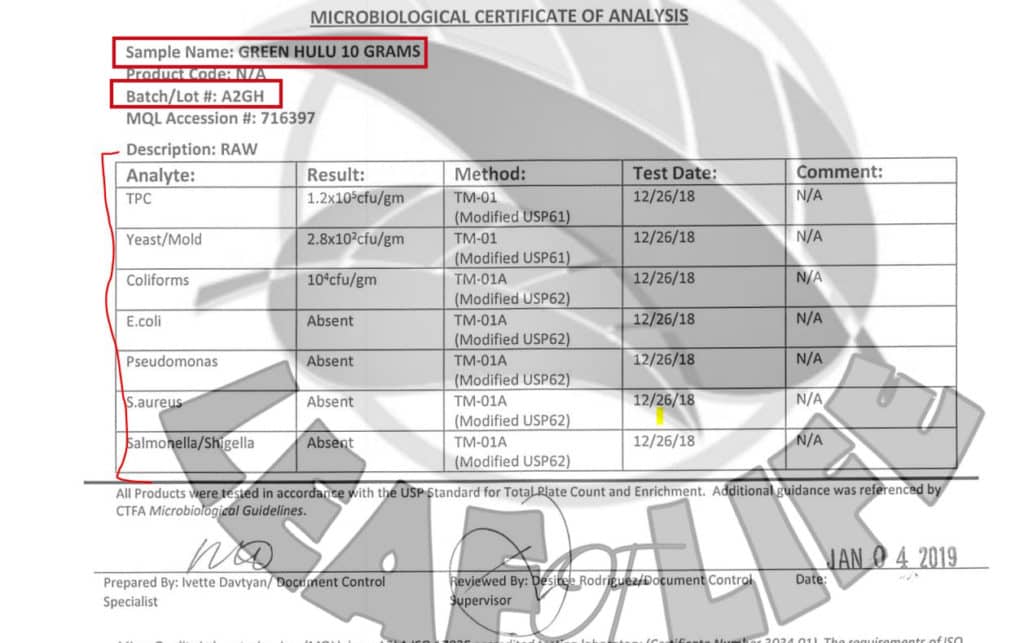
So either none of their kratom is tested, and the customer is going to buy kratom that may have toxins in it – or a kratom shipment is tested in an aggregate form, which combines portions of all the kratom types contained in a shipment, which is a cheaper, and less safe, way to test.
Here’s what can happen and why it’s not good. A vendor typically receives a variety of kratom strains in every shipment from Southeast Asian growers. In each shipment there could be white Maeng Da, green Borneo, yellow Plantation, red Bentuangie, blended Aceh Good, and so forth. Maeng Da is a term that signifies connoisseur (expert, authority, specialist) quality kratom. Borneo is a region of origin. Plantation is how it was grown (on a farm with various cultivation methods), in contrast to wild jungle sources. Bentuangie typically refers to a region of wild, unfarmed growth. Aceh means a certain area of Indonesia. Red, green, and white refer to kratom vein colors. Yellow refers to a special fermentation and/or drying process.
When you jumble together a portion of all the batches, strains, and regional originations of the kratom in a shipment, to derive from that combined mixture a small testing sample, some batches may be pure, others may be contaminated. Mixing them all together is a way to dilute the contaminants in the test sample, to spread them out so to speak, so the kratom seems more pure than it really is. Or, more accurately, what happens is the contaminated strain is not being tested on its own. Instead it’s deliberately being mixed in with the uncontaminated strains, the contamination is diluted, and the test results will then show an acceptable, very low amount of contamination. This enables the vendor to keep the contaminated strain and sell it to customers, along with the uncontaminated strains.
Let’s say all the kratom is free from contaminants, except the white Maeng Da, which has a lot of mold and lead in it. When the shipment of kratom is packaged into the separate types and vein colors, customers who buy the white Maeng Da are going to get a contaminated product which could make them sick. This “take a sample from the entire shipment” form of kratom testing is what disreputable kratom vendors use.
They will tell you that they “test the kratom”, but they take the easy, less expensive way
out. We must be very clear here. You really have to test each and every strain of a shipment. You cannot just take a whole kratom shipment, get all the strains and mix them up, and then test a small sample of the whole smorgasbord of these strains mixed together. Martin says he’s had numerous times , where 9 strains were good and the 10th was bad. If he would have mixed the whole batch together it would have tested negative (free from contaminants). So if a kratom vender says they test their kratom, but does not specify the separate testing of each particular strain, the testing claim is null and void. In other words, if it’s not a separate test for every single kratom strain, it is not a acceptable result. Customers can ask to see the lab report on any kratom strain they’re interested in purchasing. By asking for documentation of the independent 3 rd party lab test for each strain, a customer is assured of obtaining kratom that is pure and safe.
Leaf of Life Botanicals rejects this cheap version of kratom testing, which is detrimental to the customer, and to the entire kratom industry as a whole. Leaf of Life implements a more sophisticated
and trustworthy methodology.
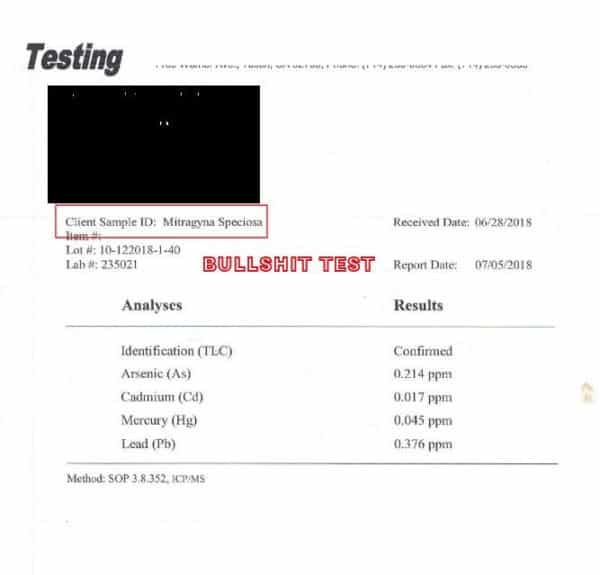
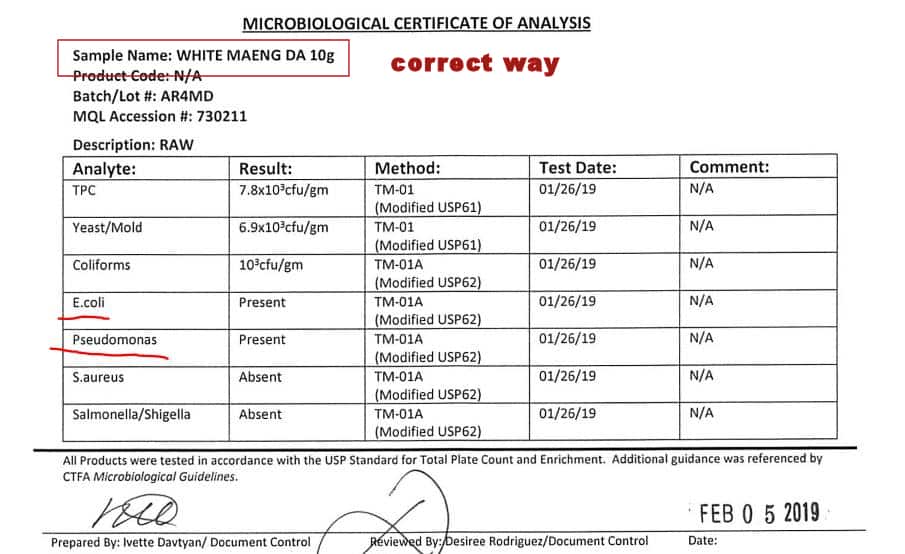
LEAF OF LIFE BOTANICALS Kratom Testing Procedure:
1. Receiving:Package gets delivered to business address. Package then gets transported to climate controlled storage facility.Package Shipping papers will be copied and attached to the badge report file. A Batch code will be assigned to the shipment. Package will be opened and evaluated for consistency of the order (separate strains). Small samples (10 grams) will be taken from each and every strain received, placed each in different sample bags and marked as to what strain it contains. Packages will be sealed back up and quarantined.
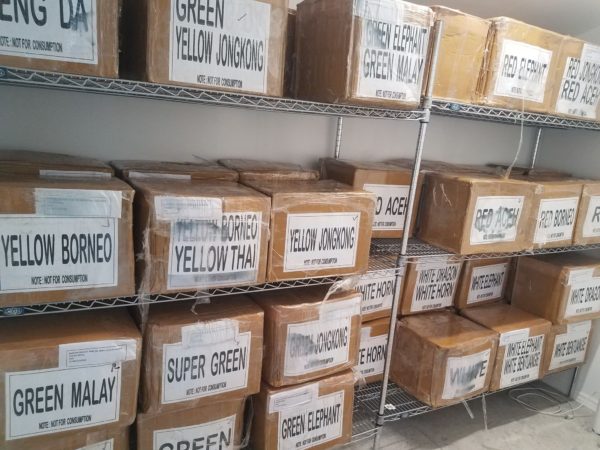
2. Lab testing:
Aforementioned samples will be entered in a Laboratory submission form, which indicates the different strains as well as the batch number. Samples and submission form will be put in a envelope and mailed to Micro Quality labs in Burbank California. The samples then will be tested for contaminants such as Mold, E- coli, Salmonella and several other contaminants. The test determines if the product is safe for human consumption. The test does not yet indicate the MIT count (potency). This is a very expensive test that will most likely be necessary once kratom FDA regulations, regulating kratom as a dietary supplement, will hopefully be in place. Lab tests usually take between one to two weeks upon received by the lab. Results will be submitted to us via email, or can be obtained by their client portal. Any specific lab test results can be obtained by the client through email upon request.
3. Disposal of contaminated kratom:
In the event that a certain strain or the whole shipment is compromised because of contamination, we remove the shipment from quarantine, and thankfully have biohazard waste services at our disposal. Therefore it is 100% guaranteed to not fall in the hands of a non-involved entity, scavenging animal, or person. Biohazard containers are secured by a lock and cannot be opened by a unauthorized individual. This thankfully saves us the headache from monitoring the bio-waste till pick up, to fall into the wrong hands.
4. Packaging:
to package our products. our staff is trained and licensed by OSHA, the FLA health department as well as Bio hazard waste removal license. We are trained in cross contamination standard procedures as well as have the use of a autoclave to sterilize the scoops and other utensils used to fill the packages. Spore testing of said autoclave is done on a quarterly basis through a 3rd party lab as well.
We are in a GMP facility environment which will further ensure the purity and safety of our products. And will be inspected before the year is over. Good Manufacturing Practice (GMP) is a system for ensuring that products are consistently produced and controlled according to high quality standards. It is designed to minimize the risks involved in any pharmaceutical production that cannot be eliminated through testing the final product. 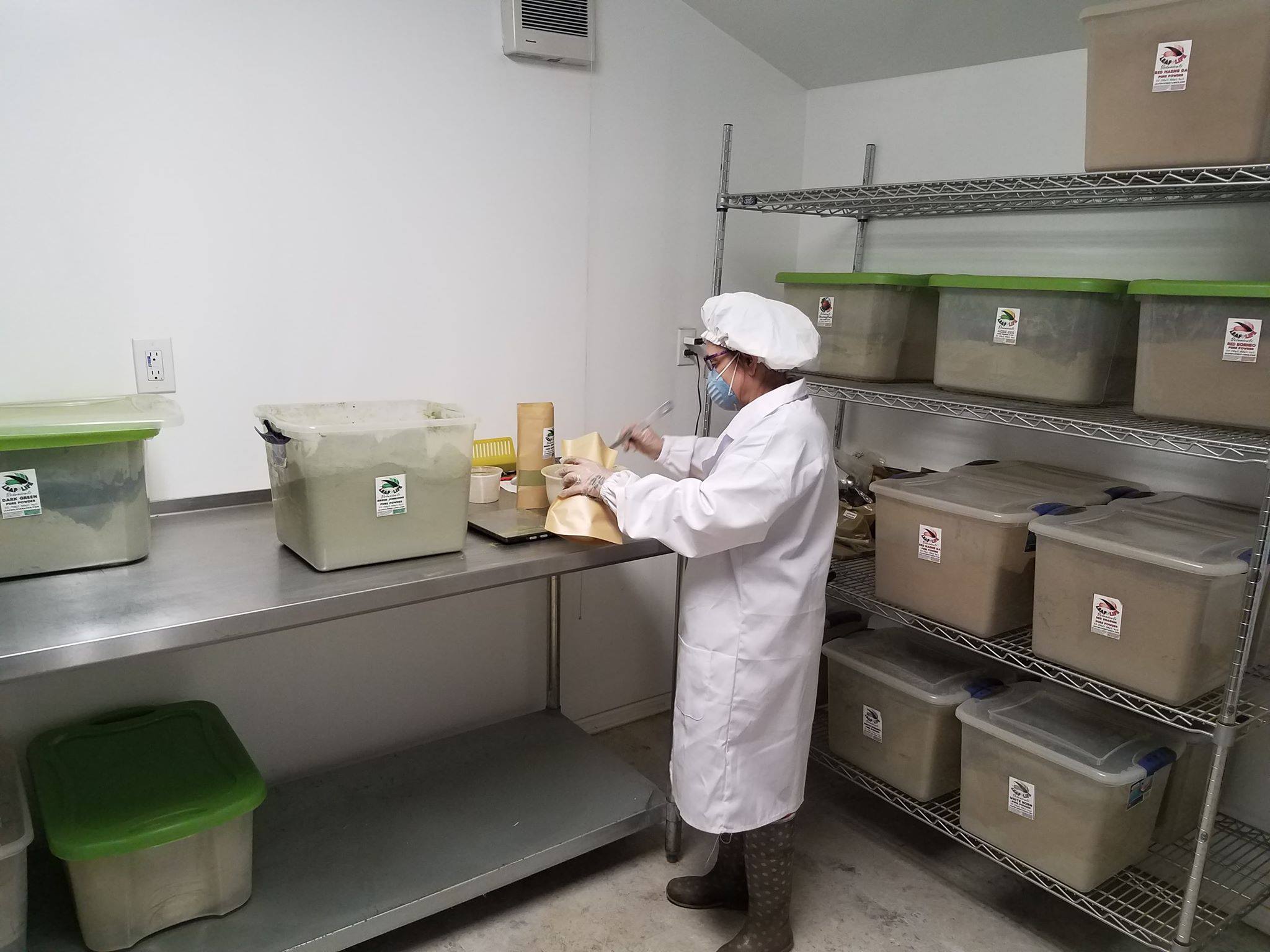
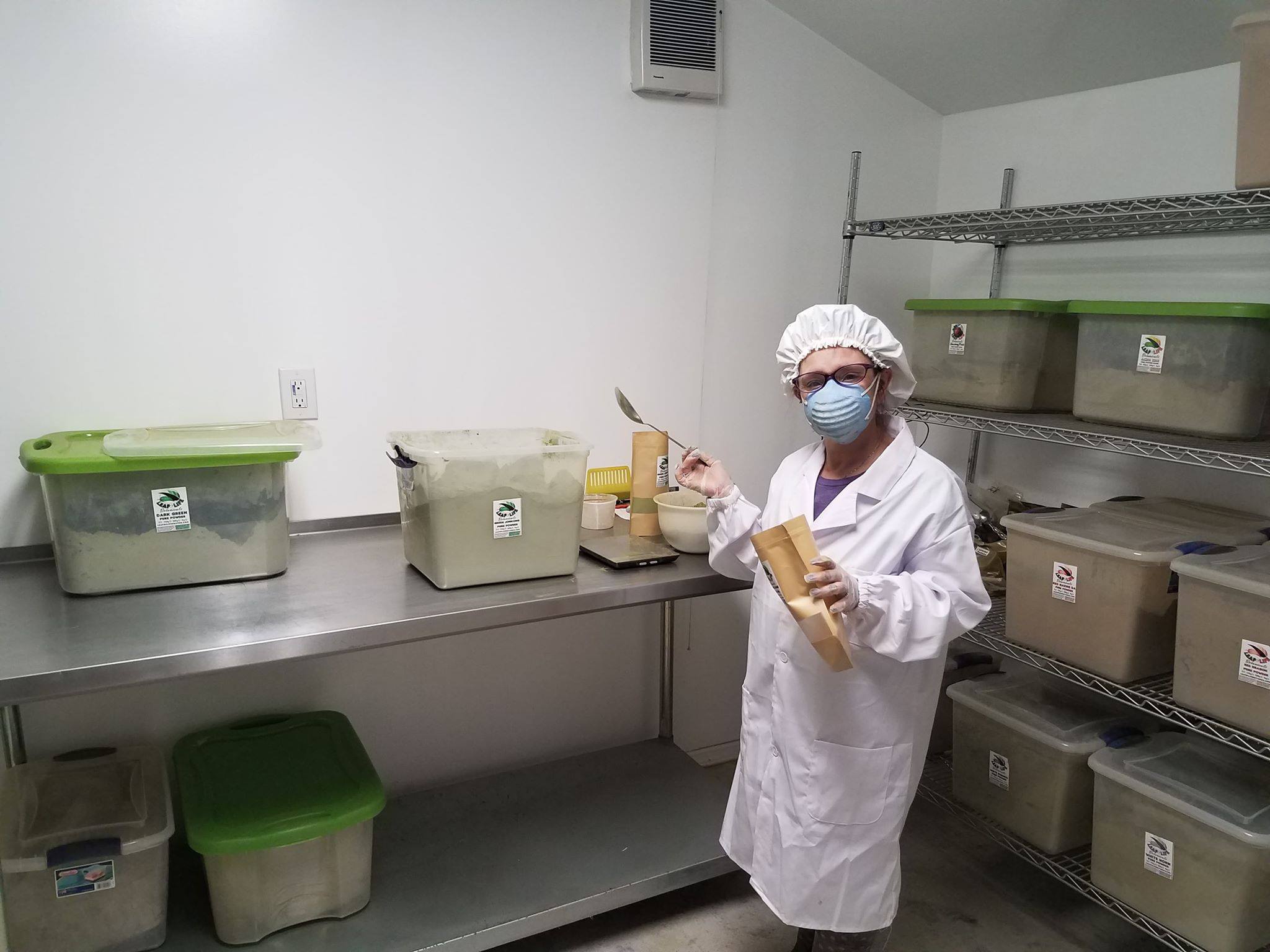
The batch is divided into 1 oz. samples, 250 gram, 500 gram and 1000 gram/1 kilo bags. All bags have a main label indicating the content and weight, as well the batch number (ie., R4WMD for batch R4 white maeng da).. All bags are sealed to prevent misuse or adulterations through outside sources.
Packages that are completed are displayed in a retail setting and also sold online at the Leaf of Life Botanicals website. In conclusion, it’s not enough for kratom to be labeled “all natural” or “freshly harvested” or even “tested”. What gives a customer confidence and peace of mind is when kratom is labeled or described as “3 rd party lab tested by batch and strain”. That’s the phrase to look for or to ask about. When a customer is buying a dietary supplement, the last thing they want to worry about is how safe and pure that substance is.
Buying only “3 rd party lab tested by batch and strain” kratom is the way to go for those who want the best quality kratom available.

